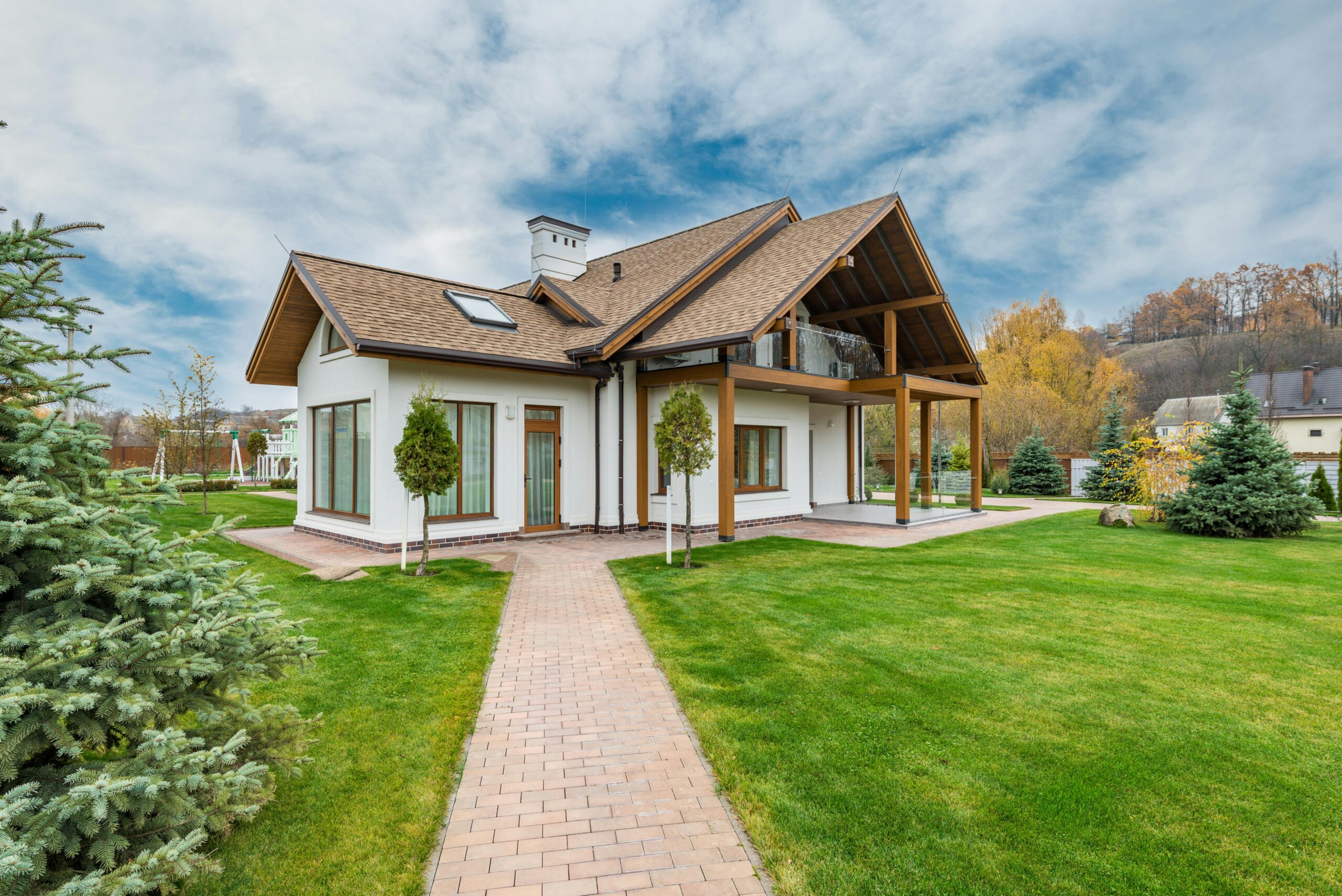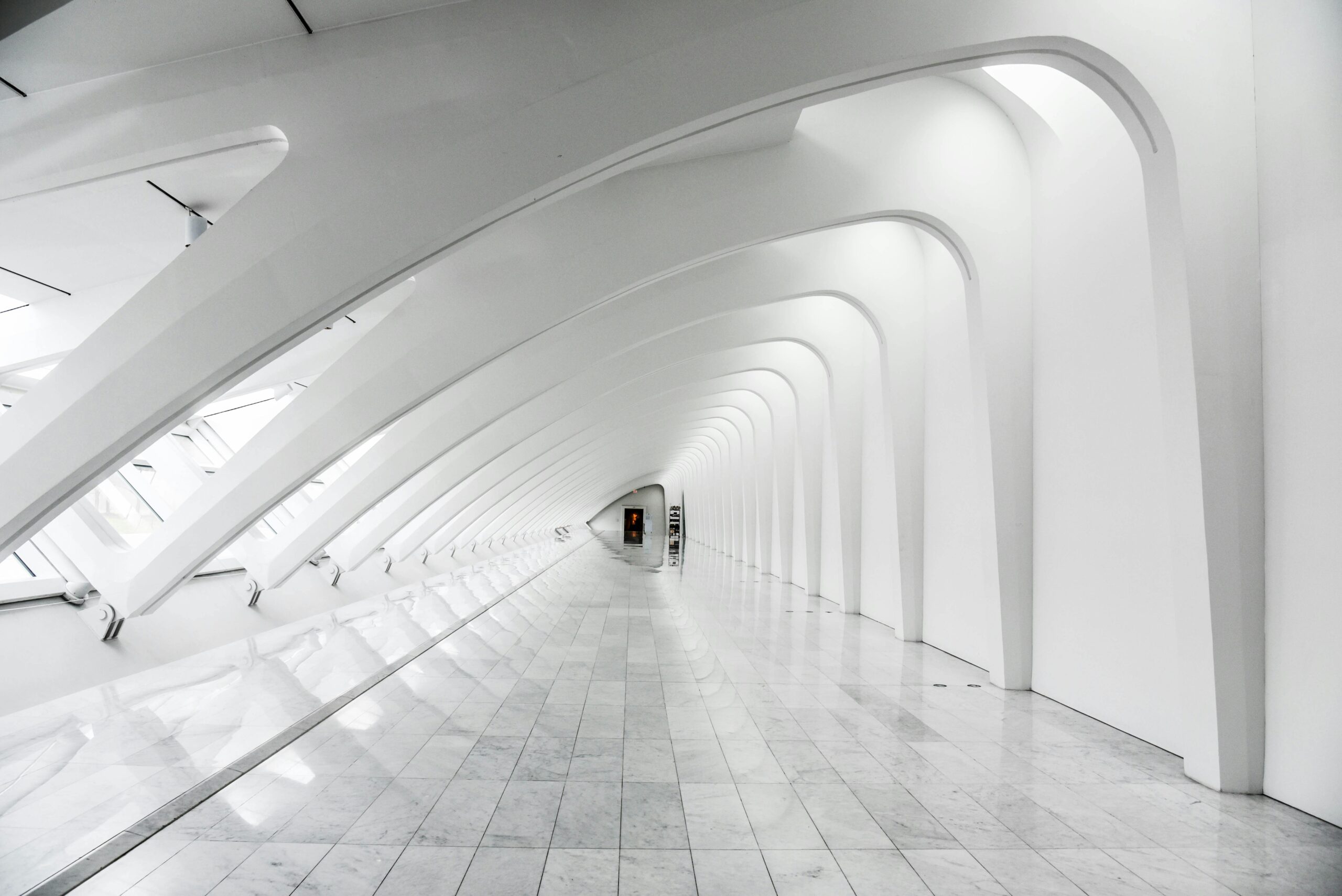As we work in the 3D interior visualization market, it is always important for us to follow the latest trends and ideas, lately, one of them is Biophilic design.
Have you ever passed by a water fountain and thought how peaceful the sound of rushing water was? Or, have you ever sought out viridescent landscapes to have a moment of quiet and think? Such acts are almost instinctive in our nature, and we end up doing them for no apparent reason.
It is believed that the reason behind this is our natural tendency to seek nature or interact with any form of it. Therefore, it is not surprising to find individuals seeking tranquility in rural settings in this fast-paced urban topography.
However, not everyone has enough leisure time to actually spend time in rural areas when they have busy occupations and commitments in the city. That’s where biophilic designs in interior design step in.
Read on to learn all about what biophilic designs are, their elements, and them in different settings. The psychological impact of biophilic design, biophilic design as a sustainable practice, and its challenges and solutions will follow.
We are also trying to put more and more biophilic design elements into our 3D renderings as the natural details make interiors more lively, welcoming, and friendly.
Be sure to read till the end!
What is Biophilic Design

As its name suggests, biophilic design is derived from the hypothesis of biophilia, which entails that human beings are naturally attracted to nature and its elements. This revelation naturally led to the idea that natural elements should be incorporated into the living and working spaces of individuals.
Next came the roles of interior designers who proposed stunning and seamless integrations of greenery and other environmental components into homes, offices, retail stores, and restaurants, among others. As you see in our 3D interior visualization above: we have put a lot of plants and other natural details into this restaurant/lobby set up, which makes the whole area much more relaxing.
It thereby led to this approach being called biophilic design, i.e., an attempt to bring humans closer to nature. Interior designers presented both direct and indirect incorporations of nature. These included gardens, water features, big windows to let sunlight in, etc.
Using natural textures such as wood, stone, and bamboo in your living spaces also gained merit. Other than this, the inclusion of natural analogs proved to be another notable method. It involved the addition of natural fractals and patterns in architectural designs and furniture.
There is even the use of perforated screens or layered lighting to stimulate natural light patterns. The options are simply endless. An intriguing concept, isn’t it?
Biophilic Design Elements
Having understood what biophilic design essentially is, let us now take a look at some of the most prominent biophilic design features.
Biophilic design has three distinguished elements that differentiate it from other architectural approaches, namely, indoor plants and greenery, natural light and ventilation, and water features.
1. Indoor Plants and Greenery

Adding greenery to your living and working space is one of the most basic and key elements of biophilic design. After all, when you have something viridescent before your eyes all the time, not only will you feel refreshed, but the vibrant color will cheer you up as well.
Indoor plants are the most effective for this process. Of course, selecting the right type of indoor plant depends on how much space you have and how much sunlight penetrates through the windows.
In this 3D rendering above we have added this huge plant wall in the lobby of a hotel and the fauna becomes a dominant detail in the whole setting.
Plants require some care as well, including watering, pruning, and attention to their soil conditions. Therefore, you also need to consider whether you desire low-maintenance plants or if you have enough time to handle demanding plants.
To give you some examples, if ample sunlight enters your space, succulents and cacti are a good option as they require sunlight. On the other hand, snake plants and philodendrons would be better if you can only put them in some shady corner.
As far as maintenance is concerned, flowering plants and ferns will require a great deal of your attention. Spider plants and air plants require less maintenance.
2. Natural Light and Ventilation
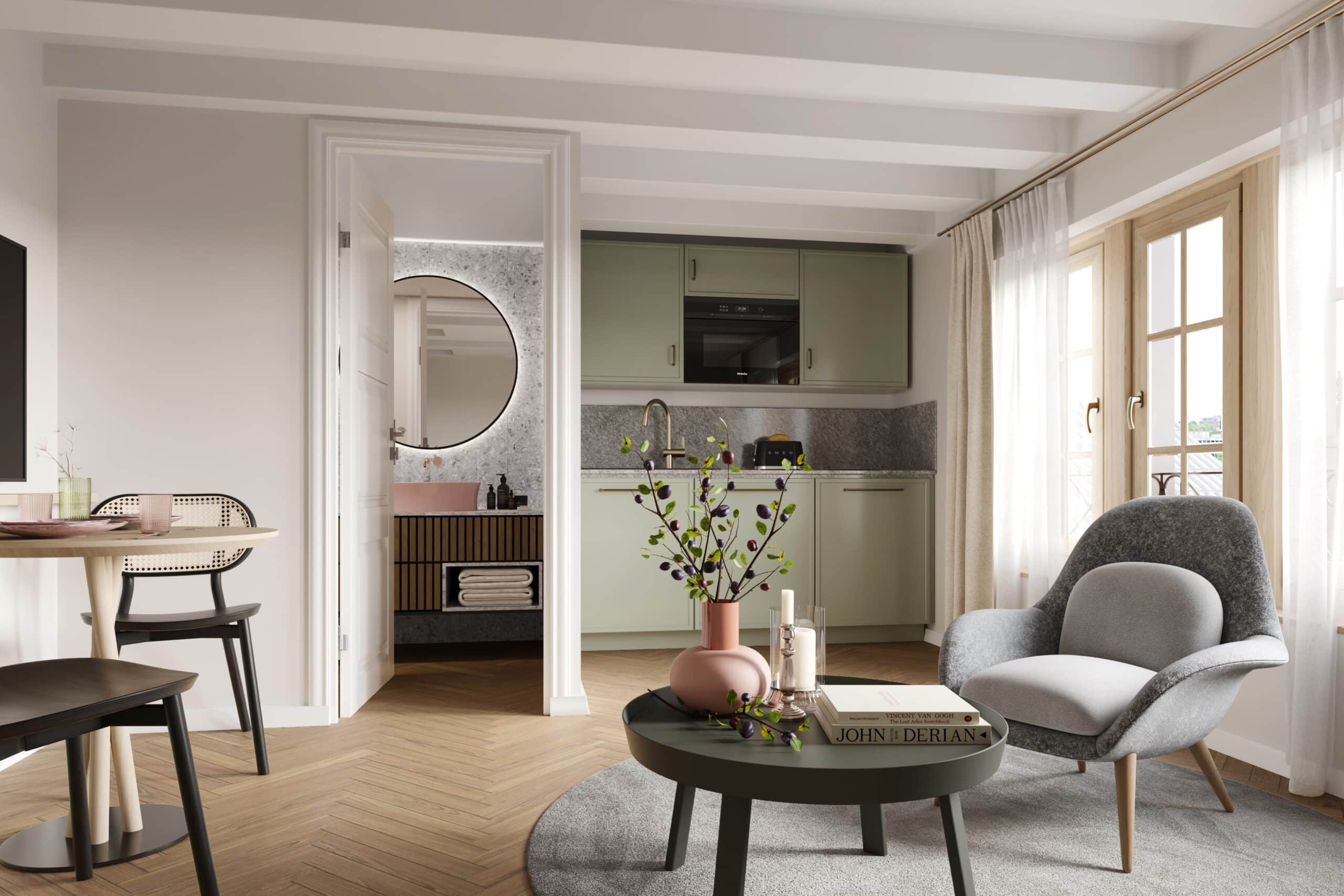
There are artificial lights in the house, offices, restaurants, and retail stores. However, you can also add natural lighting in these spaces. For this, you need to have larger windows or skylights, keeping in mind the orientation of the building, the placement of windows, and seasonal variations.
Of course, if you don’t have a room that fulfills these conditions, you can always have blinds, curtains, or awnings to aid you in this endeavor.
These will ensure a greater reliance on natural lighting, thus reducing your energy consumption from artificial lighting. In addition, exposure to natural sunlight enhances your focus and productivity and supports your circadian rhythm.
Ventilation is another important factor. You can achieve natural ventilation through cross-ventilation; the circulation of fresh air will also improve your mental and physical well-being and create a healthier environment.
2. Water Features
Water features are another biophilic design element that plays a great role in stress reduction and relaxation. It also enhances the ambiance of your environment by adding tranquility to it.
Fountains, ponds, and miniature aquariums are impeccable water features to incorporate into a living space, be it a home, office, restaurant, or retail store. You can soundly relax at home, work productively at the office, and observe a better customer experience in a restaurant or retail store.
Of course, you need to keep in mind the right noise level for you. A water feature that has loud noises will not relax but end up irritating you. Secondly, remember that water is, in essence, a strong natural element, so it should be kept away from small children and pets. You can opt for enclosed or wall-mounted water features to tackle this.
Water features also require maintenance, so you need to clean the water regularly to prevent the formation of harmful bacteria or algae growth. For this, water circulation systems and waterproofing would serve as great cleaning mechanisms.
Biophilic Design in Different Settings
Since biophilic design is one of the many essential elements of interior design, it must be incorporated in all types of spaces, be it residential spaces, commercial environments, and healthcare and educational facilities.
1. Residential Spaces
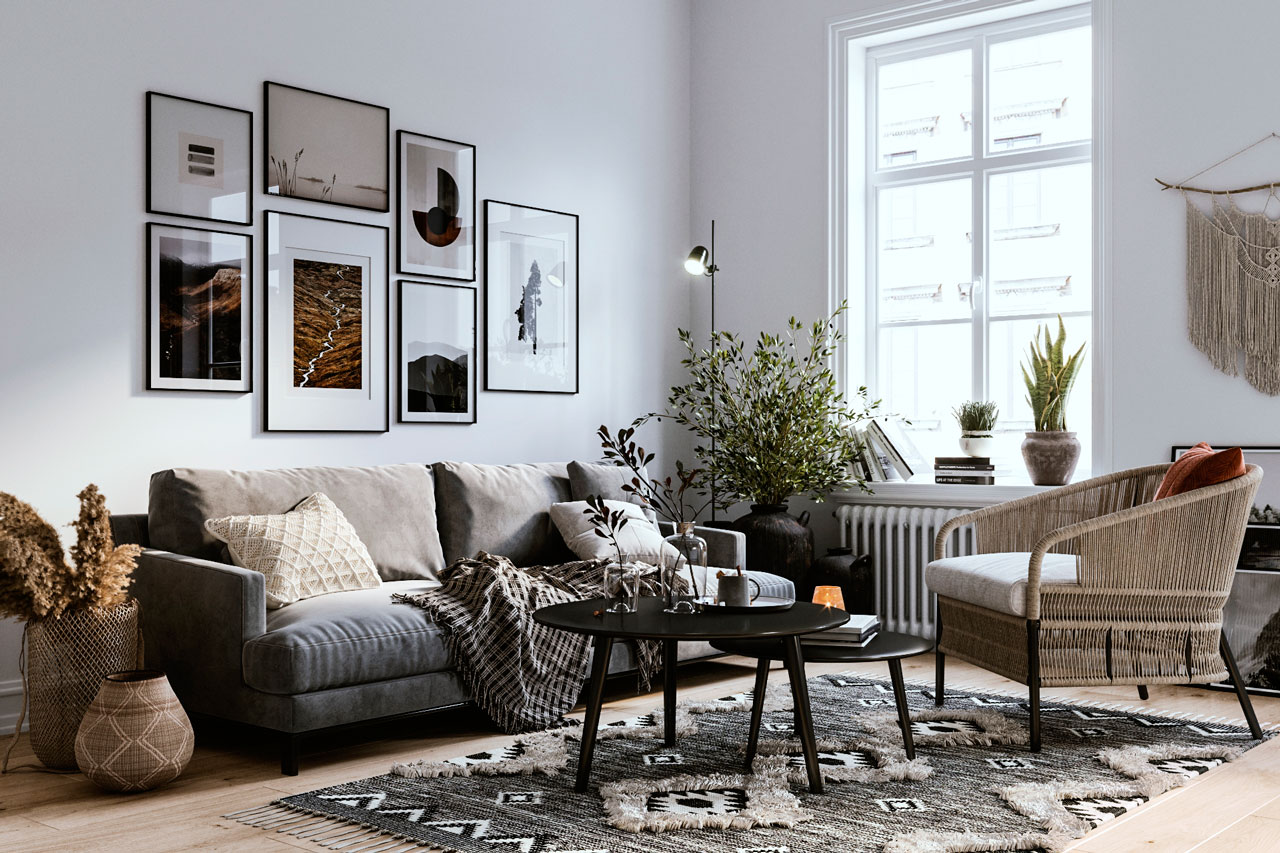
No matter how much time you spend outside, you will eventually return to the warm comfort of your own home. However, you cannot relax in earnest unless some level of biophilic design is integrated into your home.
Keeping this in mind, you need to ensure that you have large windows or perhaps even skylights built into the roof to maximize sunlight penetration. Of course, you need to keep in mind seasonal variations, the location of the Sun, and the angle of your building to determine the right location of windows and skylights.
Indoor plants and their strategic placement are another suitable option. Other than this, you can also have hanging planters, vertical gardens, or even miniature ecosystems in terrariums in your residential space. These will not only serve as great decor items and add vibrancy to your environment but also serve you the useful benefits of biophilic design.
You should also experiment with water elements such as ponds and fountains in your outdoor garden. Further, you should also ensure that your space has an adequate amount of natural materials in your furniture and decoration. For instance, things made of wood, stone, or bamboo will be noteworthy additions to your life.
In the 3D rendering above we have both details: huge windows (so lots of natural light) and some plants to make the space more natural.
2. Commercial Environments

You must have observed some semblance of nature in commercial environments, including offices, retail stores, and restaurants. After all, incorporating biophilic design is essential in promoting customer engagement and providing a relaxed atmosphere for both employees and customers.
If you visit an office that has a biophilic design, such as large windows that let in refreshing sunshine and indoor plants as a form of relaxation, you will find your productivity increased. On the other hand, offices without any such features tend to come as off-putting. You will feel stuffy due to no engagement with nature.
Similarly, you will find yourself drawn towards retail stores and restaurants incorporating biophilic design. These places will have natural materials, green walls, skylights, or nature-inspired scents in their design and setting.
Hotel lobbies and guest rooms in hotels with indoor plants and large windows offer a great deal of relaxation. Moreover, if you have a choice, you would always prefer to go for balcony seats in restaurants simply because they make you feel closer to nature.
You can decide for yourself what feels better for you: white walls, grey furniture, and even greyer carpet in your office or lots of natural wood as in our rendering above. What do you think?
3. Healthcare and Educational Facilities
Even when selecting a healthcare and educational institute to go to, you must remember yourself inadvertently analyzing the environment to determine if you are entering the right place. It is only natural to do so. After all, only when you are surrounded by abundant sunlight and greenery can you find yourself getting better and studying productively.
Hospitals and other healthcare facilities, for one, should incorporate biophilic designs such as large windows and indoor plants. Sunlight is necessary for patients and indoor plants serve to purify the air laced with the scents of medicines and drugs.
Educational institutes need to have an invigorating environment where children can give it their all. In this regard, ample sunlight and greenery are crucial. Outdoor learning areas and physical activity classes in the green courtyards are effective methods.
Having furniture and interior design elements made from natural materials like wood is imperative. For primary school children and younger, building natural play areas with sandpits, water features, and climbing structures are great choices.
The Psychological Impact of Biophilic Design
The integration of biophilic design in interior design has anything but benefits. For one, it offers beautiful aesthetics that will shine no matter where it is.
Secondly, it is scientifically proven that being around nature has a significantly positive impact on your mental health. It includes stress reduction and well-being and increased productivity and creativity.
1. Stress Reduction and Well-Being
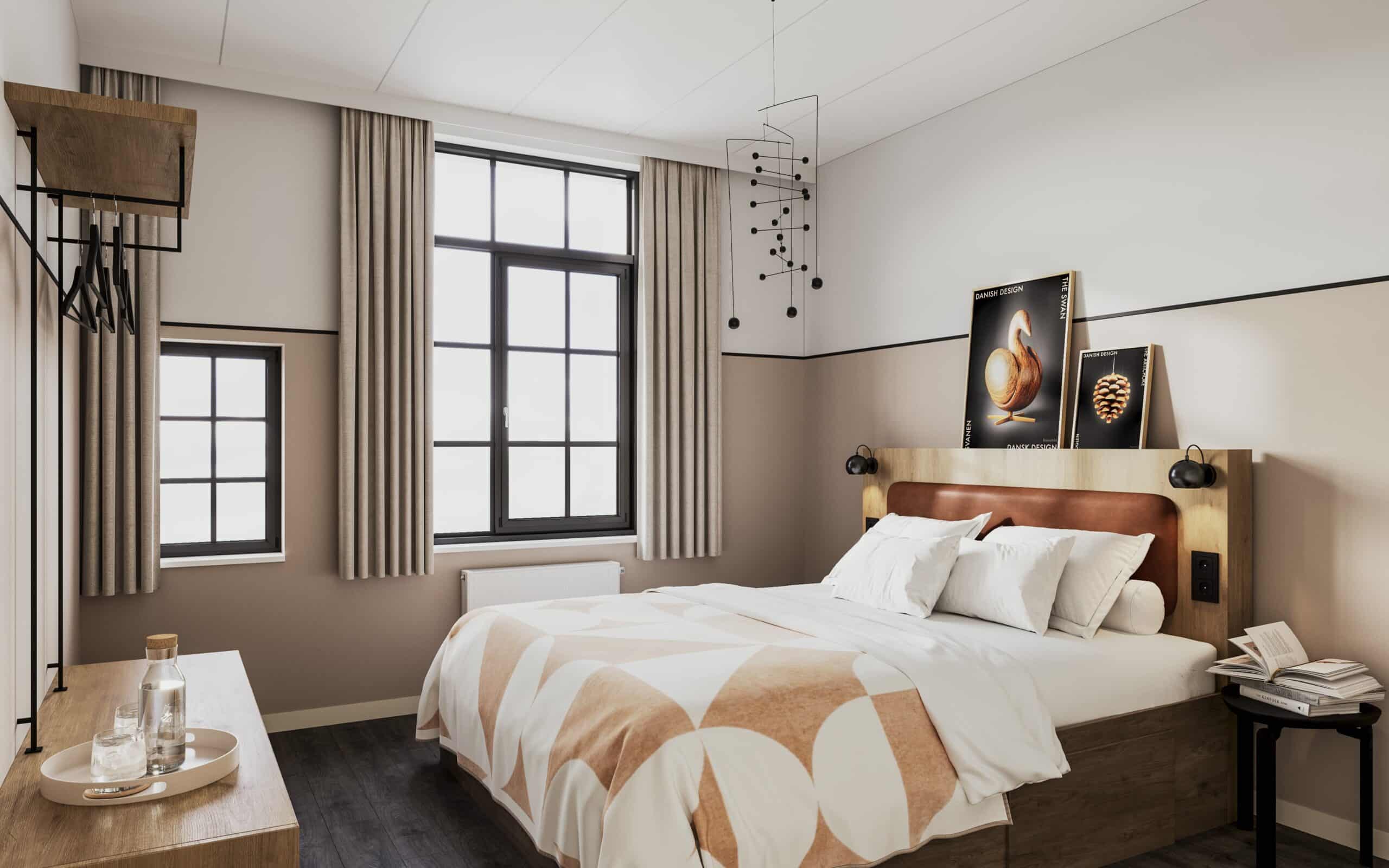
Ever felt extremely stressed about something but found yourself calming down before a sea or in a garden? Wanna know why? Well, it might be hard to believe, but studies have proven that nature has a soothing effect on us.
When we are exposed to natural elements such as vegetation, sunlight, water, and their tranquilizing sounds, our brain releases stress-reducing hormones. These hormones include oxytocin and serotonin, thereby easing our tensed nerves and lowering cortisol levels.
Studies have also proven that sunlight provides us with Vitamin D – essential for strengthening our bones and immune system and nourishing the blood cells. With the boosting of our immune system, our body becomes resistant to chronic illnesses.
Further, sunlight also has a role to play in making us have sound sleep by regulating our circadian rhythm.
2. Increased Productivity and Creativity
As you have read above, biophilic design leads to stress reduction and, thus, relaxation. When you are composed, you will naturally be more productive in your work, increasing your efficiency. Secondly, it is also an undoubted fact that having natural elements in your vicinity uplifts your mood and offers motivation, making you more engaged in your work.
As proven by scientific studies, researchers have found a direct link between exposure to the natural environment and improved cognitive function and focus. Adding your calm mindset to it, biophilic design helps you concentrate, work with a sharper mind, and make fewer mistakes.
Another interesting fact revealed by researchers is that exposure to nature stimulates the prefrontal cortex. It is the brain region responsible for problem-solving and creativity.
With this, the mystery of why, when we are surrounded by biophilic design, we feel inspired for new ideas, our out-of-the-box thinking is enhanced, and we come up with innovative solutions.
Biophilic Design as a Sustainable Practice
You have read that biophilic design offers remarkable psychological benefits. If we add biophilic design as a sustainable practice to it, how tempting this interior design feature gets!
First of all, biophilic design is one way of reducing your dreaded electricity bills. How? Well, when you have large windows or skylights in your home, and they ensure that ample sunlight enters your premises, you will rely less on electrically run artificial lights.
Large windows and cross-ventilation systems also provide you with natural ventilation, thereby reducing your reliance on fans and air conditioning, which really eat away your electricity. These factors, along with the integration of plants and water features, also aid in reducing the urban heat island effect.
Biophilic design also plays a role in environmental protection through its practices. For instance, when choosing natural materials for furniture, flooring, and decorations, there is less reliance on synthetic materials.
You build a closer relationship with nature through biophilic design. In addition, rooftop gardens, vertical gardens, and green walls also become home to birds and other urban wildlife, thus promoting biodiversity.
Besides these environmental sustenance practices, biophilic design also promotes holistic well-being for you. There is stress reduction leading to mental health. This thus leads to greater work efficiency, resulting in contentment with your life; this satisfaction keeps tensions far away. This is, then, a cyclic process, beginning with biophilic design in interior settings.
Challenges and Solutions in Biophilic Design
As idealistic as biophilic design sounds, it has its limitations. It is not easy to implement biophilic design in every setting and environment. It faces practical challenges and budgetary constraints.
1. Practical Challenges in Implementation
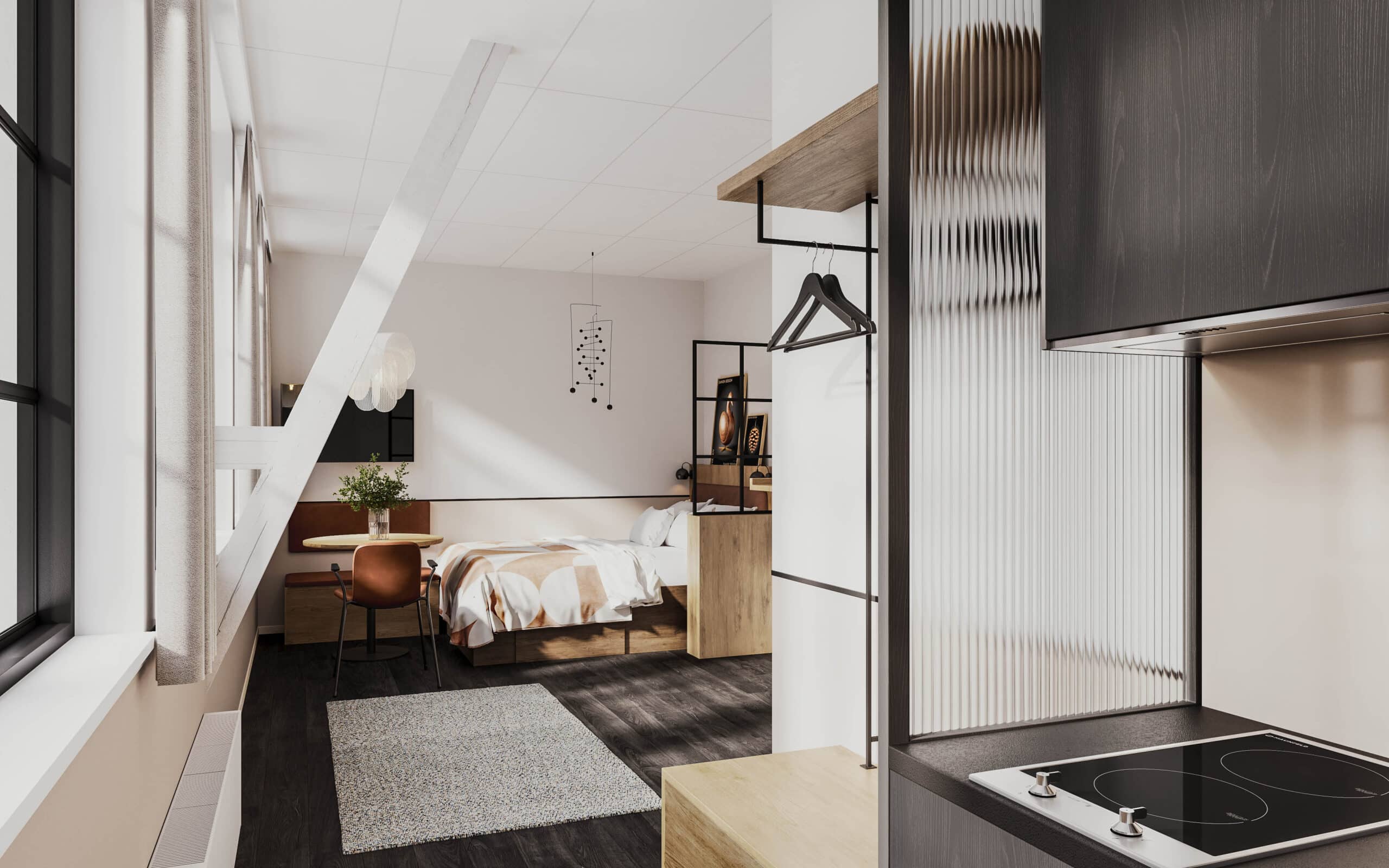
Not everyone can opt for large living spaces with outdoor gardens or ample indoor space. Space limitation in, for example, compact offices and urban apartments makes the incorporation of biophilic design difficult.
One way to overcome this is to opt for wall-mounted planters or hanging gardens, adding vibrancy and nature to your environment.
If you cannot handle high-maintenance natural elements like water features or living plant walls, go for low-maintenance ones. Or you can also consider self-contained water features for plants. You can also explore artificial alternatives with realistic visuals and sounds if water elements are not an option for you.
You can also consult with professional architects and interior designers who specialize in biophilic design to suggest practical alternatives to your issues. Expert opinion always helps!
2. Overcoming Budgetary Constraints
Let’s be honest here: of all the biophilic design suggestions that have been discussed above, there is not one that does not require high investment. No doubt, biophilic designs are rather on the pricier side, and not everyone can afford them. Especially for those interior design projects that have a low budget, incorporating biophilic design elements will be difficult.
One way of overcoming this is going for the most basic of biophilic designs rather than the advanced or expensive ones. You should begin with strategically placed windows and readily available natural materials.
Another method is researching and applying for available grants or government incentives for biophilic design initiatives or sustainable practices.
Conclusion
To conclude, we now know that biophilic design in interior design aims to bring humans closer to nature. It does this through three key features, namely, indoor plants and greenery, natural light and ventilation, and water features.
Different living and working spaces incorporate biophilic design in different ways. Residential spaces have windows, indoor plants, pools, fountains, and outdoor gardens. Commercial environments also opt for natural materials, skylights, and green walls. Healthcare and educational institutes can additionally have playgrounds and sandpits.
Biophilic design has remarkable psychological benefits, such as stress reduction and relaxation through the release of stress reduction hormones. Exposure to sunlight also contributes to physical well-being and a strengthened immune system. You will also observe increased productivity and creativity by constantly being around natural elements.
Biophilic design is also a sustainable practice, not just in terms of environmental protection but your holistic well-being as well. Nonetheless, there are challenges to biophilic design as well, including their practical application and budgetary constraints. You can overcome them through out-of-the-box and creative thinking and consulting with experts.
FAQs
1. What is biophilic design?
Biophilic design in interior design is all about the integration of natural elements and materials in your living and working space. It could be in the form of indoor plants, natural materials (like wood, stones, and bamboo for furniture or decorations), water features, and natural light and ventilation.
2. What are the benefits of biophilic design?
Biophilic design has nothing but benefits for you. Being around nature releases stress-reducing hormones, thus reducing your anxiety and relaxing you. It regulates your circadian rhythm and improves your sleep patterns. It also boosts your creative thinking process, making you more efficient in your work.
3. How can I incorporate biophilic design into my home or office?
There are multiple ways to incorporate biophilic design in your home and office. For one, add low-maintenance indoor plants. Have larger windows to let in maximum sunlight. Have furniture and decorative items made of natural materials like wood, stone, or bamboo. You can also have water features in the form of a fountain or aquarium.





